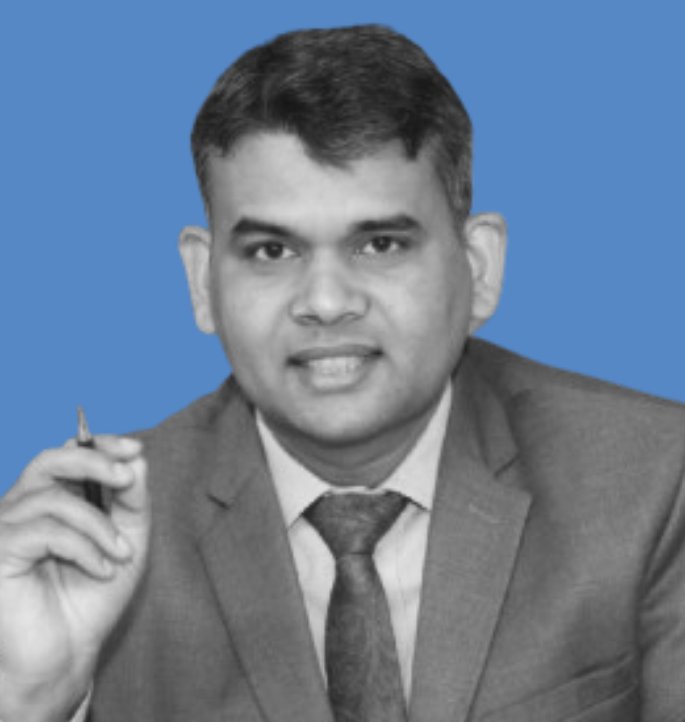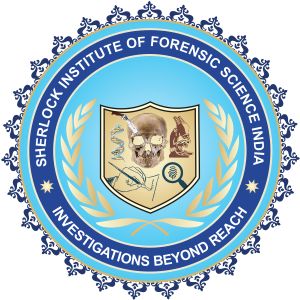The course was really helpful for my academics and it increased my knowledge. It was my best decision to go for the course. Kudos to team at SIFS.

Dec Batch 2025
Last Date to Register : 25th Dec 2025
The Forensics Anthropology Online Course by SIFS India is carefully crafted to equip you with the skills to use anthropological findings for forensic investigations.
You will learn how to examine skeletal remains to determine the age, sex, ancestry, cause of death, and decode the story behind each piece of bone evidence.
Upon enrollment, you will receive access to pre-recorded sessions delivered by expert mentors, letting you unfold the secrets of human identity and history from skeletal remains.
Associate Degree Program comprises of three levels: Level 1 (certificate), Level 2 (diploma), and Level 3 (Post Graduate Diploma), and the entire curriculum is divided among these levels.
A few of the topics you will learn about are: branches and significance of forensic anthropology, forensic archaeology principles, classification of human bones and joints, bone identification, measuring instruments, somatometric techniques, osteometry, craniometric measurements, identification of the living and dead, ancestry estimation principles, burial classification, burial scene investigation, lab setting, and reporting techniques.
So enroll now to gain the skills to become a forensic anthropologist, making a significant impact during criminal investigations and mass disaster victim identification.
Course Benefits
Enrolling in this course will equip you with skills to master skeletal analysis techniques, human identification methods, and disaster victim identification. You can work with law enforcement agencies, non-profit organizations working for humanitarian upliftment, or private forensic labs to provide justice to families and communities.
Course Outcome
Upon successfully completing this course, you will gain expertise to analyze skeletal remains, identify individuals, and contribute to forensic investigations. You will have a solid understanding of the principles of forensic anthropology and the legal and ethical aspects of working with human remains.
Course Highlights
- Pre-recorded sessions with practical insights about forensic anthropology tools and skeletal analysis techniques
- Experienced instructors with backgrounds in forensic anthropology and human identification
- Industry-specific and comprehensive study material and reference books
- Community of forensic anthropologists and experts
- Networking opportunities for better job prospects
Payment Details:
International Student : PayPal: forensicdocument@gmail.com
Account Details for National Student
Bank Name - ICICI BANK
Acc. Name - SIFS INDIA PVT. LTD.
Account No. - 663505500086
Type - Current
IFSC Code - ICIC0000160
Address - ICICI Bank, H-4, Model Town -III, New Delhi - 110009




